People launch into arguments over the common names of plants. That should not come as a surprise: Botanists get into arguments over the official names of plants. So is this tree a “Sugarberry” or a “Hackberry?” Some will argue the distinction is geographic, other will assert the names apply to different species. I call it a big tree with little burnt-orange fruit that is edible around now.
In real estate it is “location, location, location.” In love Casanova said he had no special trick. He simply knew which women to ask. Foraging is similar to both: Knowing where to look and what you’re looking for. Hackberries-Sugarberries like to be near fresh water such as lakes, ponds, streams or a very reliable irrigation-sprinkler system. They don’t like being waterlogged. But you won’t find them on the top of a dry hill either. Usually you can find them up the bank from water. Older trees usually have warty bark, no thorns. Leaves have uneven shoulders, one down or one up, and on the back side of the leaf notice three prominent veins at the base. Often the leaves have many insect galls and or a black smut on them (the latter does not affect the tree or us. It is also found on useable persimmon leaves.) The pea-sized fruit is burnt to medium orange in color sometimes red depending on the species. The entire fruit is edible though the seed is hard. So you can eat the pulp, and or crunch the seed, or mash entire fruits into cakes. To read more about the Hackberry or Sugarberry go here.
If your eyes have not noticed perhaps your nose will. Two aromatic plants are blossoming now: Kudzu whose leaves are odorless but whose blossoms smell intensely of grape, and Skunk Vine, whose blossoms are pretty but whose leaves smell like an eight-grade boys’ bathroom.
Long ago I used to be a teacher in the public schools. The smell of the Kudzu blossom reminds me of a class full of grade schoolers chewing cheap grape bubble gum. That is exactly the aroma. A pretty blossom, you can often smell kudzu’s “grapiness” several hundred feet away. Kudzu has many different facets. It is an invasive species but less so than several others. It just gets most of the bad publicity. And it is yet another plant championed by government officials that went badly wrong. On the other side of the issue everything is edible about the Kudzu except its seeds: Leaves, blossom, young roots whole and starch from older roots (much over-rated.) Goats also like Kudzu and goats are tasty and produce delicious milk and cheese. Locally the state tells me there is no Kudzu near where I live but it’s not even a mile away. There’s also a lot of it in Colby-Alderman Park in Cassadaga and in Apopka on the bike trail near where all the county keeps its school buses. Kudzu is here to stay. Eating it is one’s civic duty. You can read more about Kudzu here.
Skunk Vine has few champions except perhaps forager. It reeks, as my step-father would say, to high heavens. When it’s in your neighborhood and someone mows a patch the whole neighborhood suffers. Like Kudzu Skunk Vine is in North America at the government’s invitation (most of the problem species are.) It was imported to make rope. When it dries the vine is indeed strong if not irritatingly so if you are trying to get it out of your landscaping. Eating Skunk Vine into oblivion is a solution. The entire plant above ground is edible though young leaves and tender tips are preferred. From a nutritional point of view it is a powerhouse with much of the good stuff found in Cruciferae vegetables like Broccoli, Kale and Brussel Sprouts. It is also edible raw and as wild food chef Dan Dowling suggests it might make a good sauerkraut. Got to try that. To read more about the Skunk Vine go here.
Upcoming Foraging Classes:
Sunday, Sept. 25th, John Chestnut County Park: 2200 East Lake Road, Palm Harbor, FL 34685. 9 a.m.
Sunday, October 2nd, Bayshore Live Oak Park, 2200 East Lake Road, Port Charlotte, 9 a.m. Cross street Ganyard.
Sunday, October 9th, Dreher Park, 1200 Southern Blvd., West Palm Beach, 33405. 9 a.m.
Sunday, October 16th, Florida State College, south campus, 11901 Beach Blvd., Jacksonville, 32246. 9 a.m.
To learn more about the classes go here.
A reminder that fall is upon — by the calendar at least — and one of the prime wild fruits of the seasoning is ripening: Persimmons. They are not big like the cultivated Japanese variety you see in the stores. Nor are they bred to be non-astringent. They are very puckery until extremely ripe. Usually the best ones are on the ground. Contrary to folklore they do not need a frost or freeze to ripen. Usually I expect to find them ripe and sweet about three weeks from now — mid-October — but wild fruit like grapes seem to be early this year. I’ve been finding few ripe Persimmon for a couple of weeks now. Locating Persimmons is not difficult. They are a transition tree. Look for them where a field and forest meet, or along roads and weeds, or rivers and wood or paths. It is rare to find a Persimmon in a forest or in the middle of a field. And also remember besides the many uses for the fruit you can also work the wood and make a vitamin C rich tea out of the leaves. To read more about the Persimmon go here.
All of Green Deane’s videos are available for free on You Tube. They do have ads on them so every time you watch a Green Deane video I get a quarter of one cent. Four views, one cent. Not exactly a large money-maker but it helps pays for the newsletter. If you want to see the videos without ads and some in slightly better quality you can order the DVD set. It is nine DVDs with 15 videos on each. Many people want their own copy of the videos or they have a slow service and its easier to order then to watch them on-line. They make a good gift for that forager you know. Individual DVDs can also be ordered. You can order them by clicking on the button on the top right of this page or you can go here.
Want to identify a plant? Looking for a foraging reference? Do you have a UFO, an Unidentified Flowering Object you want identified? On the Green Deane Forum we chat about foraging all year. And it’s not just about warm-weather plants or just North American flora. Many nations share common weeds so there’s a lot to talk about. There’s also more than weeds. The reference section has information for foraging around the world. There are also articles on food preservation, and forgotten skills from making bows to fermenting food. You can join the forum by clicking on the button on the upper right hand side of this page.
This is Newsletter 225.
If you would like to donate to Eat The Weeds please click here.

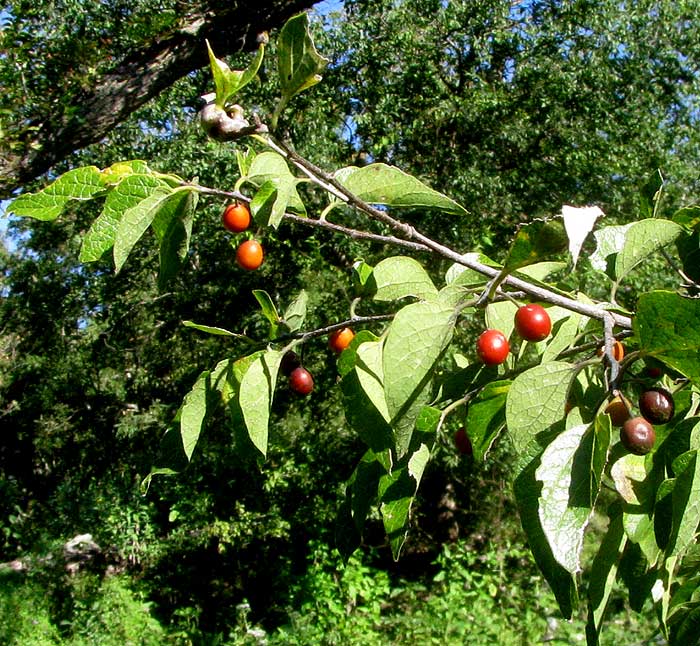
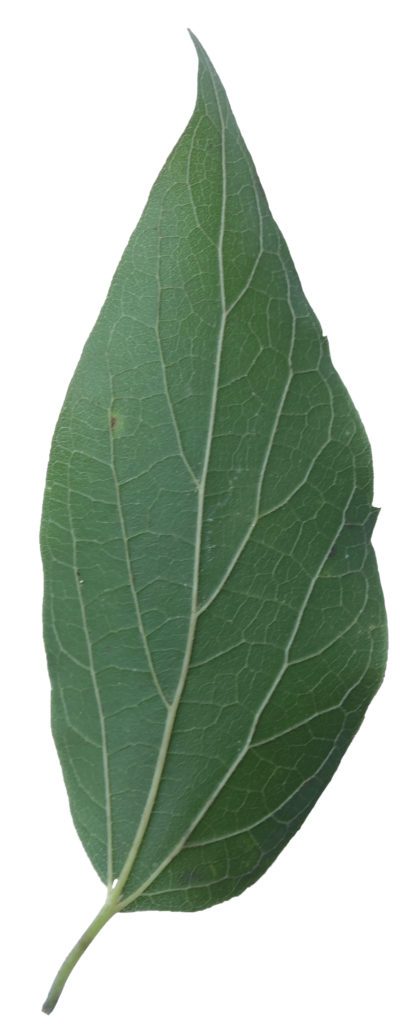
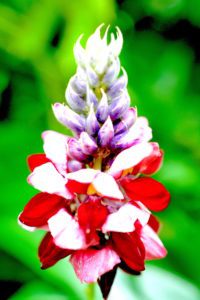
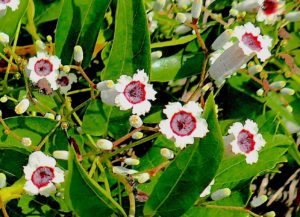
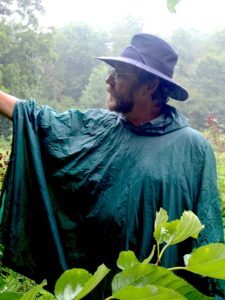
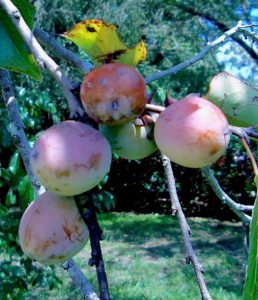
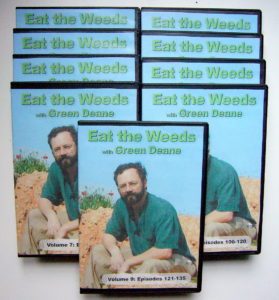
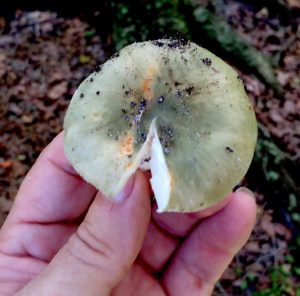

Lovely. I appreciate the depth of information in the plant profile links. Nice sense of humor too.
Thank you!
Love your column. Thank you for helping us suburbanites learn about what is around us!
Further north, autumn berries, the fruit of autumn olive, are ripe. Another plant imported by the government, for erosion control on roadsides and mine reclaimation, and other sites with poor soils.
Autumn olive was also touted as food and shelter for wildlife. It makes a great hedgerow plant in rural areas, though it will spread to abandoned pastureland and similar areas. Hens also appreciate the fruit that drops from the shrubs in autumn.